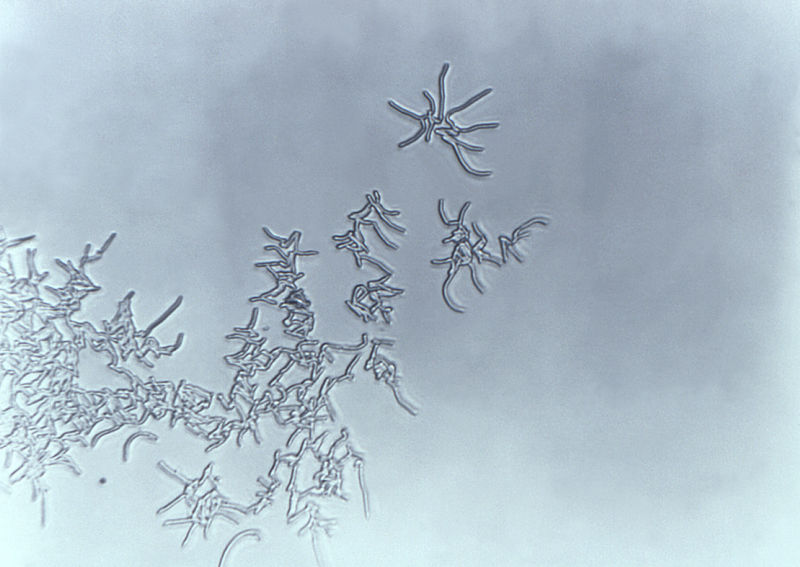New antibiotic mined from human gut reverses drug resistance in superbugs
Using DNA sequences, scientists decode new antibiotics used in gut warfare.

Enlarge / Rhodococcus group bacteria
For years, scientists have been digging into dirt mounds and mud pits across the globe to uncover new antibiotics. But they may have to look no further than their own pile of poop.
The microbes bustling in our bellies may be gold mines for new antibiotic drugs, researchers report this week in Nature Chemical Biology. As proof of gut-bugs’ potential, the authors dug up a new bacteria-busting drug that can reverse resistance in pathogens and help kill off methicillin-resistant Staphylococcus aureus (MRSA) bacteria. In mice with lethal MRSA infections, the drug helped cure 100 percent of infections.
The finding shouldn’t be surprising; many of modern medicine’s most powerful antibiotics were pilfered from microbes. The tiny critters use the drugs to defend themselves from other microbes and battle for turf and resources. But, as bacteria develop resistance—creating an urgent public health crisis—scientists have been seeking new drugs to usurp. In their search, many scientists turned to sifting through exotic soils and sediments. They assumed that the molecular weaponry of bacteria closest to us had already been tapped. Yet, as more researchers delve into the complex microbial communities within us—our microbiomes—they’re finding new depths to plumb.
The study isn’t the first example of scientists looking within for new drugs. As Ars reported back in July, researchers found another MRSA-killing antibiotic among bacteria battling over boogers in the nose. In the new study, researchers at Rockefeller University and Rutgers University searched the deep depths of our guts.
As is often the case, the researchers weren’t able to grow the microbes that live in our innards for their research. (Scientists have yet to figure out the right conditions and resources needed to grow the vast majority of microbes in labs, which are very different from their natural environments.) Instead, the researchers pored over the microbes’ genetic sequences—which can be deciphered without having to grow them—and tried to spot unique codes for large peptides that could be antibiotics. They found 25 such sequences and used the code to synthetically create compounds.
Two of those turned out to be antibiotics, dubbed humimycin A and humimycin B. The two drugs, derived from related DNA sequences in Rhodococcus equi and R. erythropolis bacteria, could kill off pathogenic and harmless gut microbes alike. MRSA strains could survive much higher doses of the two drugs, but they rendered the resistant microbes susceptible to another class of antibiotics called β-lactam. When researchers infected 10 mice with MRSA and gave them just a β-lactam antibiotic, only two survived 48-hours. In another group of ten that the scientists treated with humimycin alone, only five lived. But with a combination of a β-lactam and humimycin, all the mice survived.
While the data suggests humimycins could be a new treatment regimen, the researchers’ tracks could be a path to even more antibiotics. “We believe this approach will enable broad and rapid access to diverse bioactive compounds inspired by gene clusters found in the ever-growing assemblage of microbial sequence data,” they concluded.
Nature Chemical Biology, 2016. DOI: 10.1038/nchembio.2207 (About DOIs).
No comments:
Post a Comment